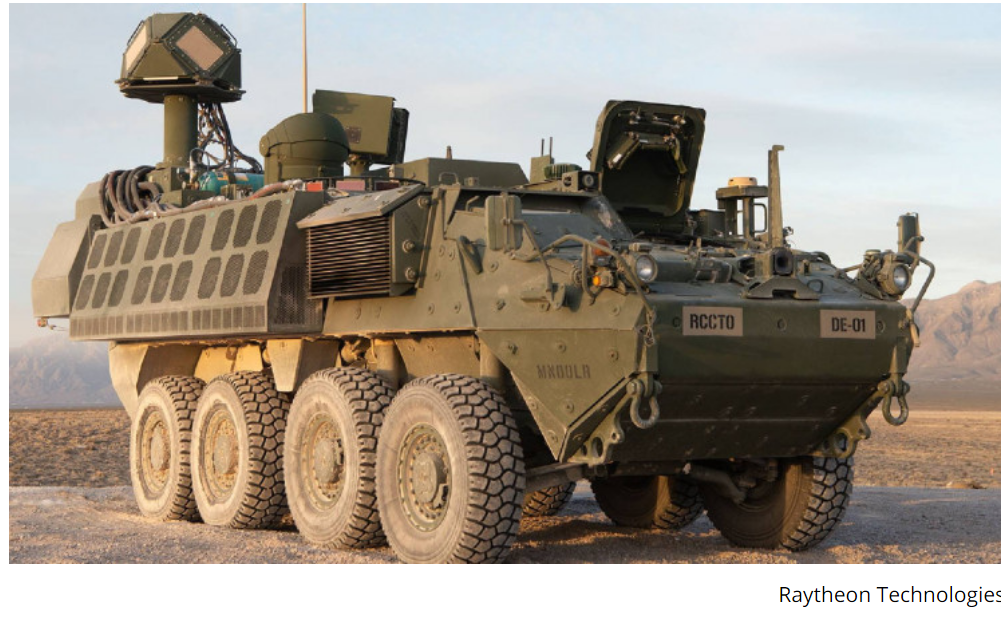Image 1)
The fact is that these kinds of claims and speculations have introduced in the Soviet era. At that time. There were rumors that the Soviets have massive laser stations near Moscow. And the DOD artwork introduced speculations. About what this type of laser station might look like.
There were a couple of incidents where the Soviets targeted satellites by using lasers for covering their secrets. The satellites were not blinded completely and the laser ray just disturbed the photo-recon satellites. The things like CCD cameras and computer-aided photography decrease laser rays' effect. The CCD camera sends images to the computer by using all pixel groups separately.
And all pixel groups are sensitive to a certain wavelength of light. So the system connects the image by using multiple separate images. And the computer can remove the wavelengths of the laser rays. The weakness of the laser ray is it has only one wavelength. And the system can remove the frequency of those laser rays quite easily. But the thing is that the laser systems that can destroy satellites are existing or under development.
Image 2)The new laser systems are impressive weapons.
New laser systems can destroy multiple 60 mm. mortar ammunition. So they can protect all non-armored or armored vehicles and headquarters. They can use to defend things like GPS and other satellites. The laser system can also use in an offensive role. The same satellite that uses the laser weapon for defending itself against kinetic energy missiles can use to destroy other satellites.
Raytheon system is tested Stryker-mounted laser systems that can take out 60 mm. mortar rounds and small and large drones. Those systems can also incoming antitank missiles. And they can be the next-generation tank-defense systems.
But the same laser system can also install on the satellites. And it can use for both offensive and defensive roles. If a similar laser weapon. That mounted on Stryker will be installed in satellites that system can destroy incoming kinetic energy ASAT (Anti-Satellite Systems).
The fact is that the small land vehicles, helicopters, and aircraft have laser weapons that can destroy the drones or even larger aircraft. Laser rays are also powerful tools against enemy soldiers. When a high-power laser impacts the body of the person that causes hydrostatic shock because cells are exploding.
https://interestingengineering.com/stryker-mounted-laser-drones
https://www.pcmag.com/news/russia-claims-its-peresvet-laser-weapon-can-blind-satellites-burn-drones
Image 1:) https://www.gizmodo.com.au/2013/11/10-cold-war-weapons-that-terrified-us-military-intelligence/







